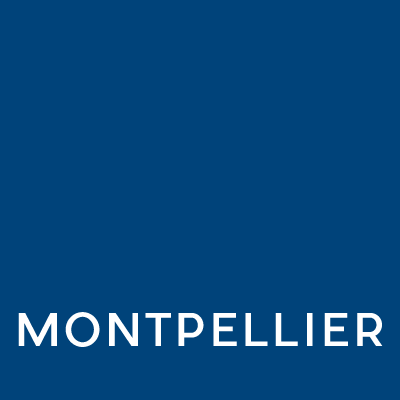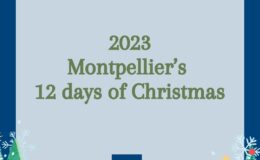From the classroom to comms
As an intern and career-changer, Montpellier PR is providing me with valuable experience in corporate communications. Reasons for choosing PR, its parallels with my former teaching career, and learnings so far should offer some modest musings to readers.
In 2019, I tended my resignation after multiple successful years in teaching. I was leaving to pursue a new path in PR and communications. Fast-forward to 2021, with a Master’s degree and two internships in my expanding armoury, I’m hopefully better placed to lend some humble thoughts on the important role PR plays in minimising damage and maximising growth.
Why PR and Communications?
Reputation has always fascinated me, specifically, how this vital, yet sometimes seen as intangible, asset can have such a tangible impact on any organisation. Honest and loyal, I’ve always felt I had the very basic attributes to contribute to reputation management.
Primarily though, PR is about people. Just like teaching, it requires strong interpersonal skills. The communications team is a diverse one: made up of colleagues, clients, journalists and, ultimately, a business’ many other stakeholders invested in good communication. Post-pandemic, I genuinely look forward to being able to interact in-person, as there’s no substitute for the value of face-to-face communication.
Parallels with teaching
Teaching and PR share commonalities: the need to be able to thrive under pressure and work best at pace being amongst these. Much like the characteristics of an outstanding lesson – pace, variety and challenge – I knew from research and reaching out to industry insiders that PR could offer the same benefits.
From a beginner’s perspective, the visual aspect of comms seems a highly valuable one. Particularly in social media campaigns, visual assets – images, video and infographics – can encourage and increase engagement. Again, parallels with teaching exist here: the ability to sustain engagement often pivots on creativity and artistic talent.
The need to communicate clearly and empathetically with a wide range of audiences is another shared trait between teaching and PR. Identifying the right tone of voice and timely topics, whilst also complying to written convention – be it for blogs or thought leadership articles – are important facets of writing in the communications industry.
Similar to teaching, being able to communicate challenging concepts in layman’s terms to a wide and varied audience requires a sound understanding of the business topic yourself. Ensuring that technical topics are engaging and accessible, to a not-necessarily technically audience, is key to communications in the worlds of technology and science. A client’s audience is more likely to be engaged if product purpose and technicalities are explained in an easy-to-digest way. This means customers can easily visualise how the solutions / services / products might solve their own problems and benefit their own operation, ultimately helping to increase sales and investment.
Creating compelling copy is also central to both fields in order to promote respective offerings – be it business or education. Brochures of products and services, newsletter articles, website content and communications to external stakeholders, are all very much applicable to both sectors.
Learnings from past PR and marketing communications projects
In today’s digital-first world, digital marketing is a key part of the marketing communications mix. My previous internship included digital fundamentals such as search engine optimisation (SEO), or how best to ensure that your business’ content features as highly as possible on search engine results pages (SERPS).
At its most basic, good digital content should be characterised by frequent and natural use of key search terms, a variety of vocabulary, and meta-excerpts (page summaries). These can all help potential customers find products and services more quickly. Web content management systems can offer valuable insights including SEO and readability scores – all with the aim of driving potential leads ahead of the competition.
It has been acknowledged that Covid-19 has accelerated the use of digital technologies. Potentially driven by the working-from-home culture, recent statistics suggest that social media use in the UK ‘sits above the global average of 45 percent. ’1 We can anticipate the wider effect this may have on PR practice. For instance, we know that Google’s algorithms are changed hundreds of times a year, and that SEO practice needs to keep pace with these changes, to ensure a business maintains a high search engine ranking, ensuring its brand and message stay visible.
Clear, creative and engaging communications can help to build and grow a business’ reputation. When future strategy hinges on scalability and sustainability, the – perhaps now somewhat clichéd – words of Bill Gates, seem more pertinent than ever, ‘if I was down to my last dollar, I’d spend it on PR.’
Reference:
1. https://www.statista.com/statistics/507405/uk-active-social-media-and-mobile-social-media-users/









